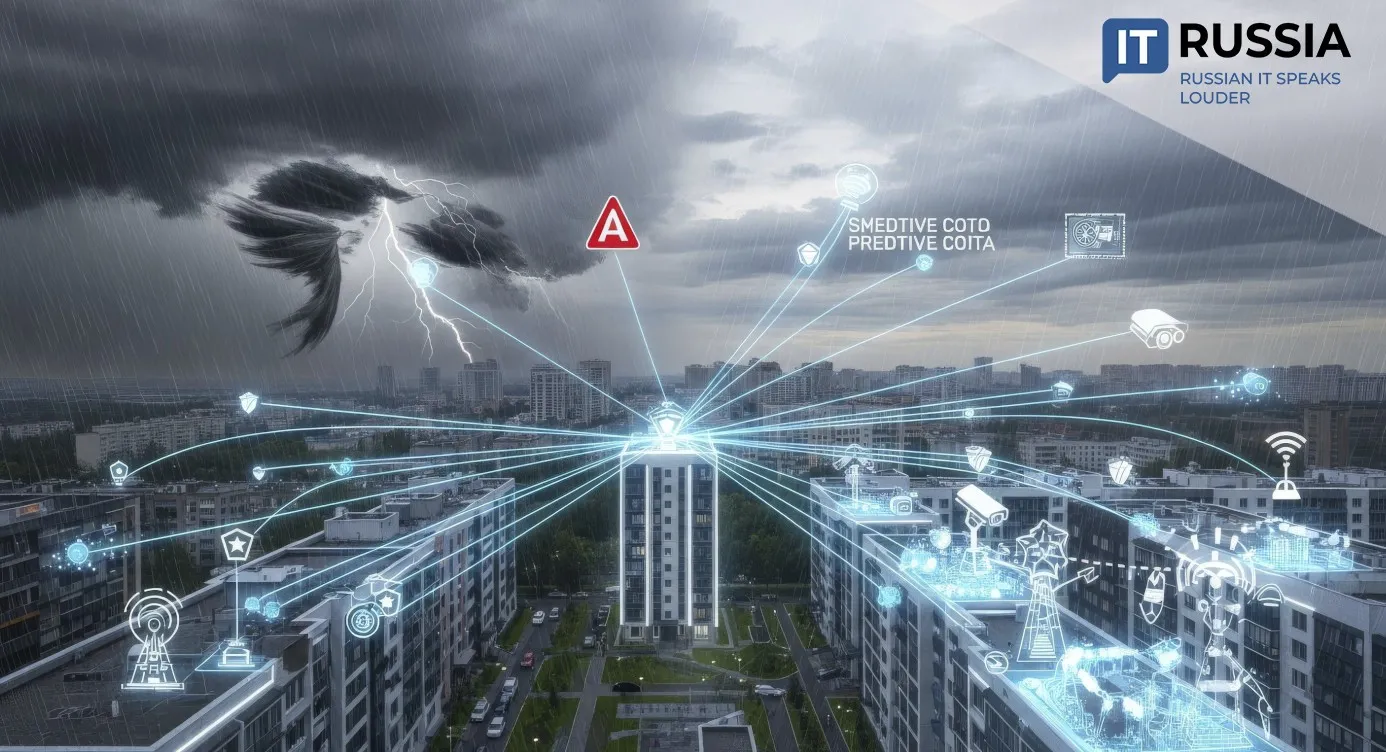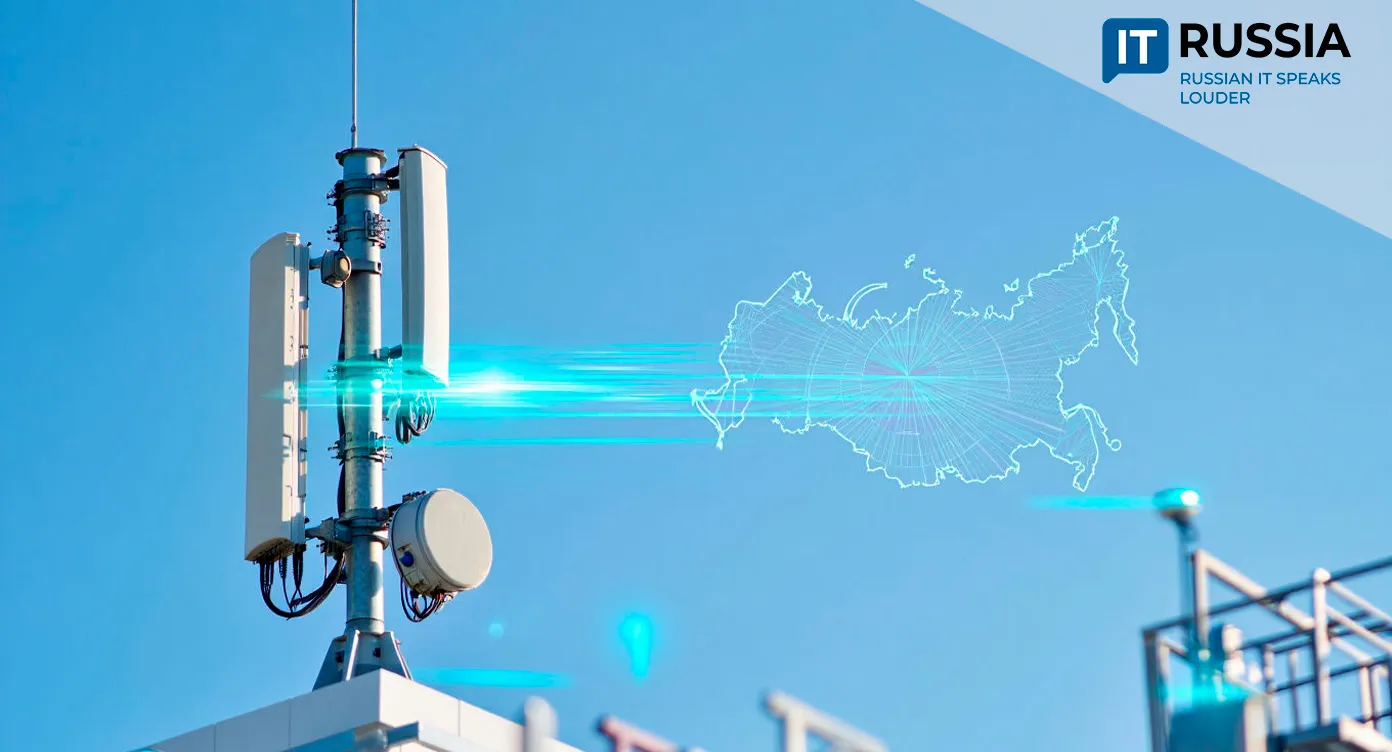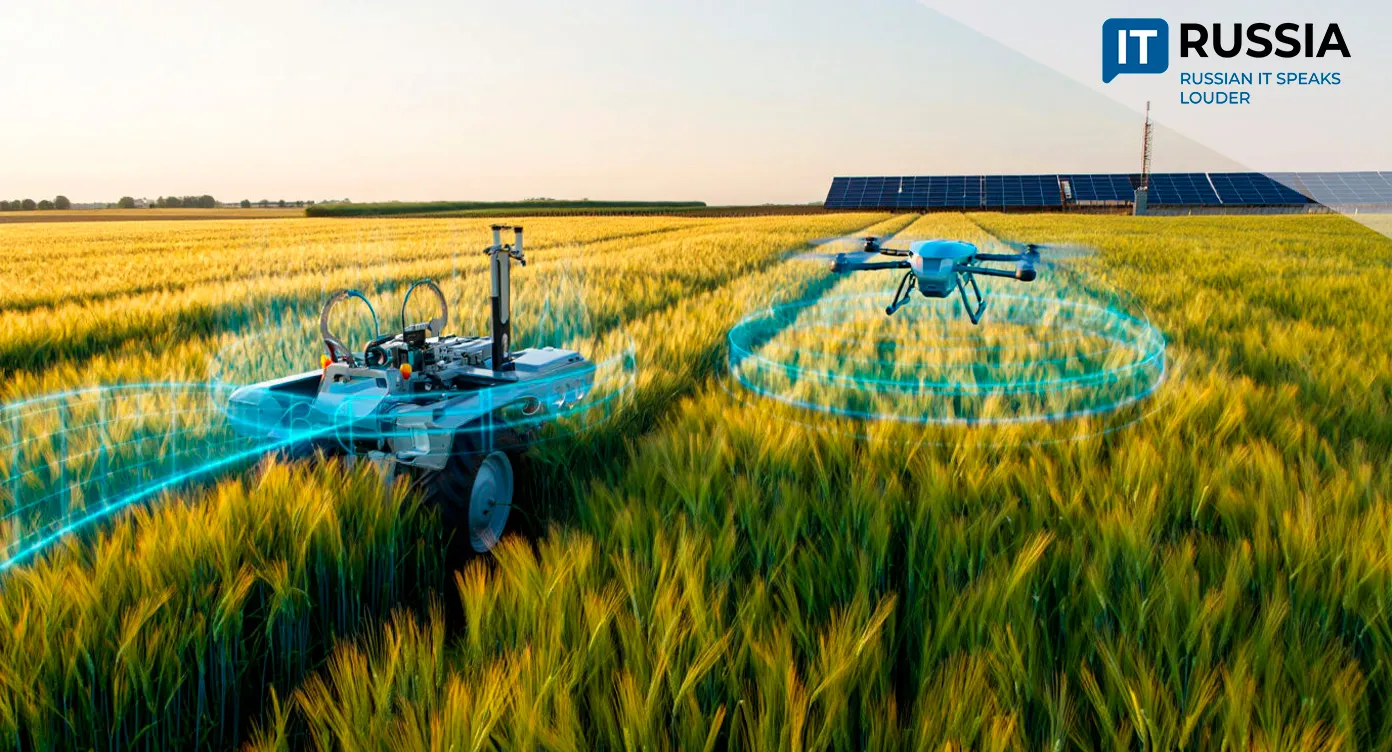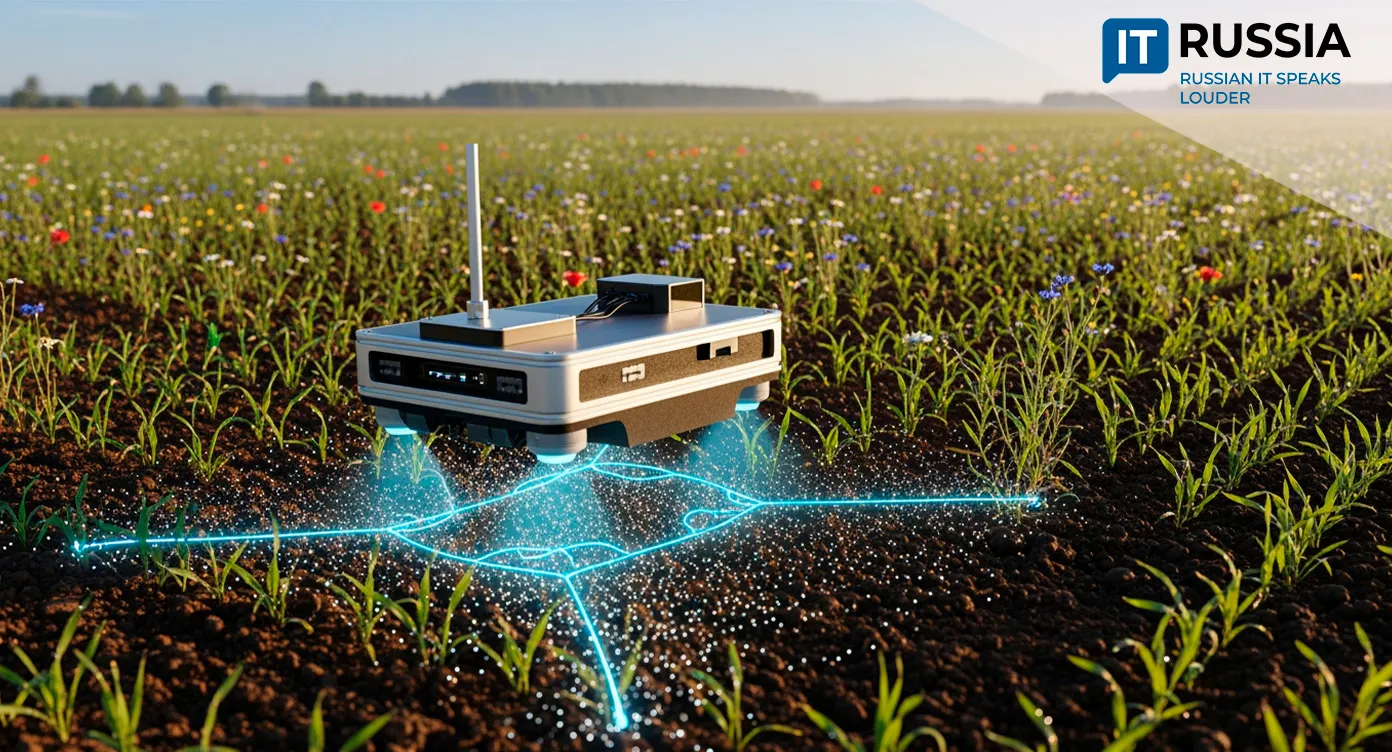Right Outside Our Window: MIPT Scientists Create an AI Platform for Hyperlocal Weather Forecasting
Researchers at the Moscow Institute of Physics and Technology have created an AI‑powered weather platform capable of predicting extreme events at hyperlocal resolution — down to individual courtyards and buildings, offering communities a new tool for climate resilience.

Bringing Forecasts Down to Earth
Scientists at MIPT’s Artificial Intelligence Institute have introduced a system that narrows weather forecasts from the usual 25–30‑kilometer grids to the level of a single neighborhood — even a specific residential block.
The platform focuses on rare but destructive events such as hurricanes, severe winds, and intense rainfall, which often trigger casualties, widespread power outages, and extensive damage.

The neural network analyzes relationships between weather patterns and urban characteristics — tall buildings, asphalt surfaces, and green zones — and enriches forecasts with data from cameras, meteorological stations, sensors, and utility meters.
This allows for more accurate and timely alerts about imminent extreme conditions.
Forecasting the Future
MIPT’s platform is designed not as a research experiment but as a practical urban‑management tool for Russian cities and municipalities.
Its integration with smart‑city infrastructure — IoT sensors, video surveillance systems, and utility networks — will enable the system not only to predict storms but also to model their consequences: vulnerable heating pipelines, possible tree falls, or localized flooding.

For emergency and utility services, this predictive window is invaluable. In the long term, Russia could gain both safer cities and a scalable export‑ready solution as demand for climate resilience technologies grows worldwide.
A Vital Development
Recent years have highlighted the urgency of such innovations. The devastating Moscow storm of 2017, which caused fatalities and left districts without power, exposed the vulnerability of megacities.

Global research efforts reflect the same concerns: French scientists have trained neural networks to predict extreme weather six hours in advance, and studies by the Southern Federal University and St. Petersburg State Marine Technical University have shown the effectiveness of neural networks in long‑term temperature forecasting. MIPT’s project stands out for its emphasis on hyperlocality.
This climate‑platform approach gives residents early warnings tailored to their specific streets, helping protect property and save lives. It also supports the resilience of urban infrastructure, reducing risks, accidents, and economic losses.










































